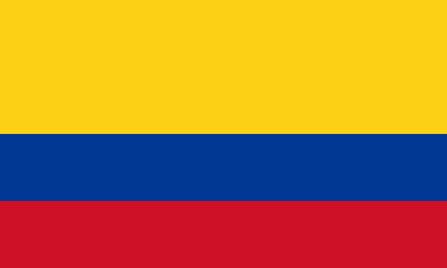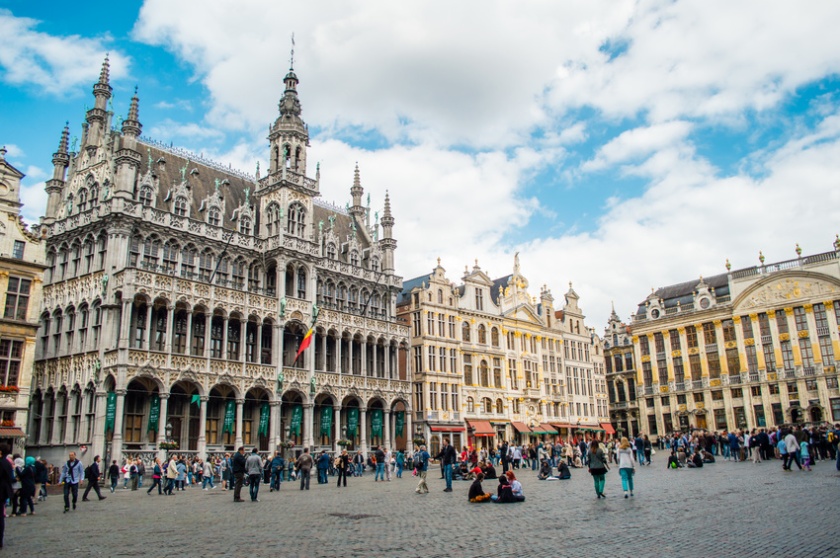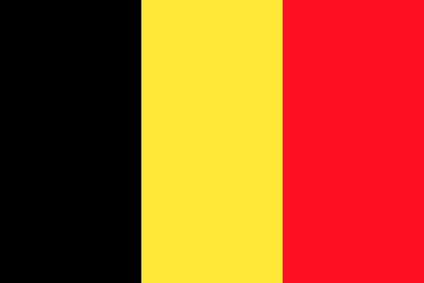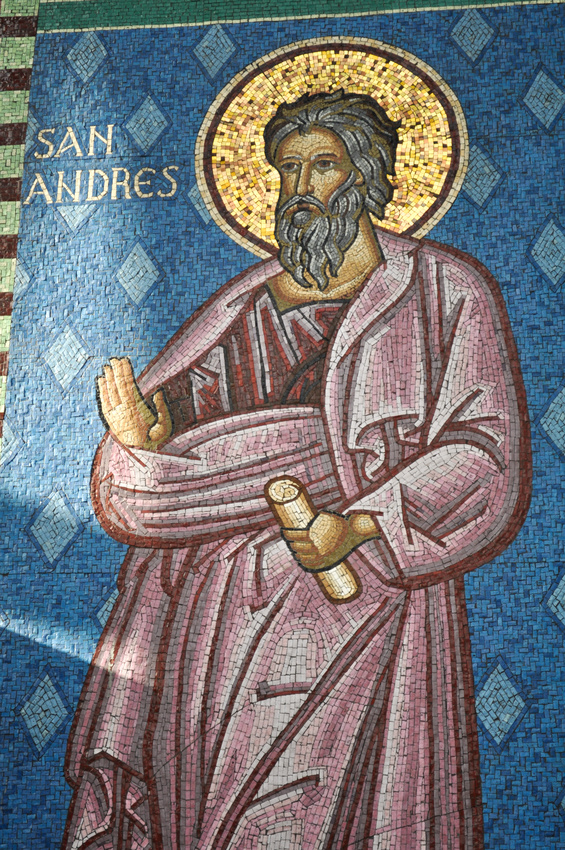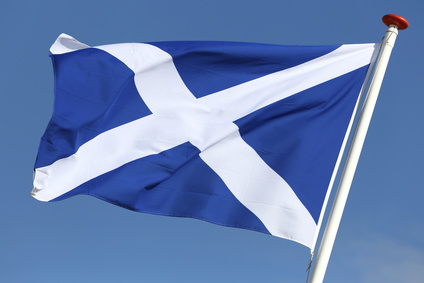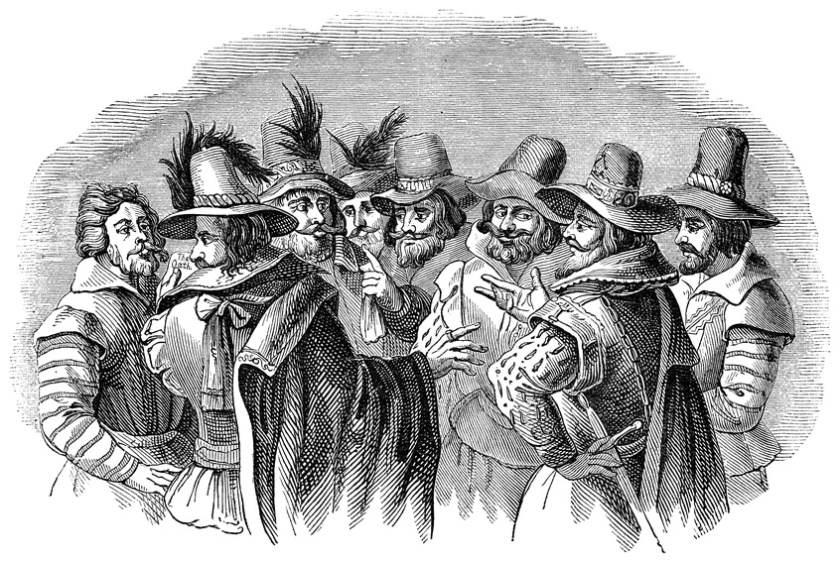UNESCO is part of the United Nations. Its full name is United Nations Educational, Scientific and Cultural Organisation. Its headquarters is in Paris, France and 195 countries are members.

It’s main aim is to coordinate international cooperation in education, science, culture and communication. It hopes that this will bring together nations and societies and wants to ensure that each child has access to quality education, can fully benefit from scientific advances, can enjoy freedom of expression and can grow and live in a cultural environment rich in diversity and dialogue.
One of the main things UNESCO is known for are ‘World Heritage Sites.’ These are areas or landmarks chosen because they important for cultural, historical or scientific reasons. Once chosen, these sites are then protected under international law.
There are UNESCO World Heritage Sites all around the World.
Click on this link for the full list of sites.
If you wanted to visit a site in the United Kingdom, you have plenty of choice.
Examples in England, Stonehenge…

The City of Bath…

The Palace of Westminster…
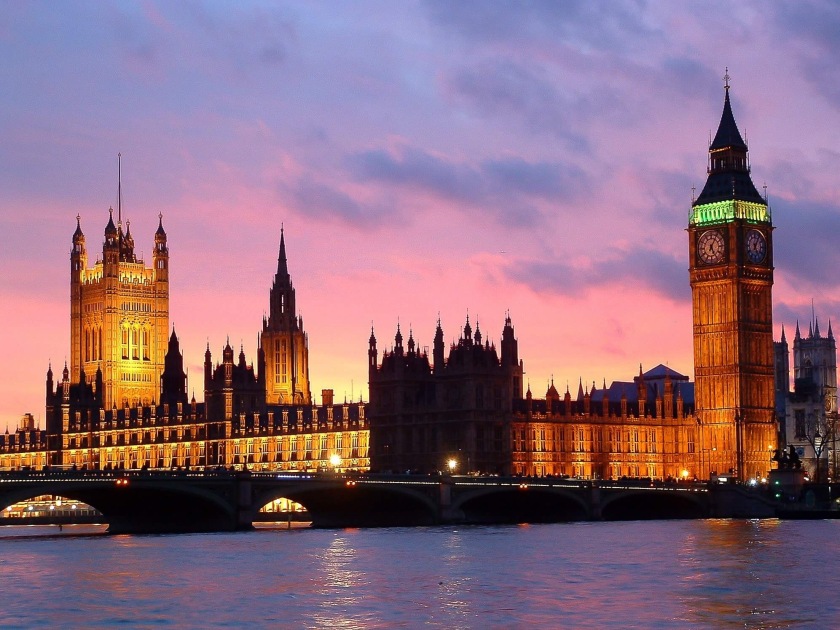
In Northern Ireland, you have the Giant’s Causeway…

In Scotland, you have the Old and New Towns of Edinburgh…
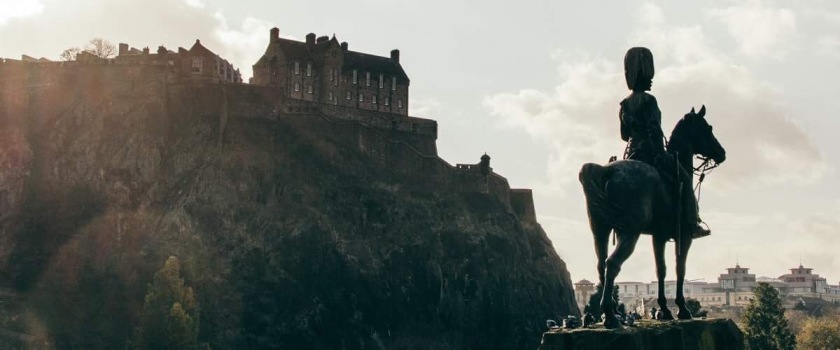
In Wales you have the Castles and Town Walls of King Edward in Gwynedd…
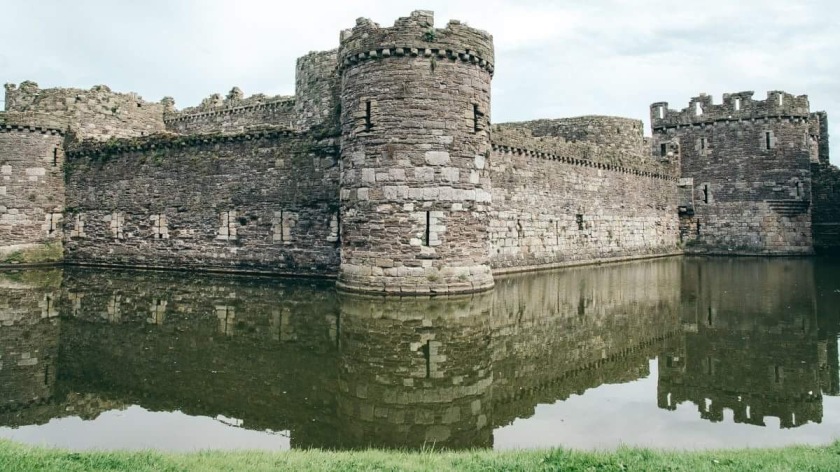
The country with the most World Heritage Sites in the World is Italy, closely followed by China.
Thank you to SJR Photography for the pictures.



